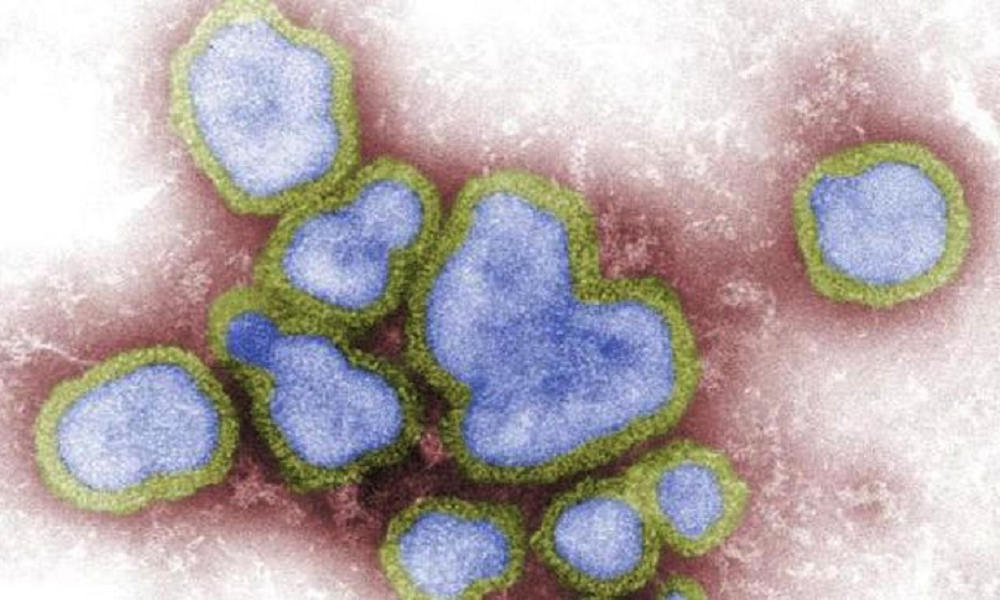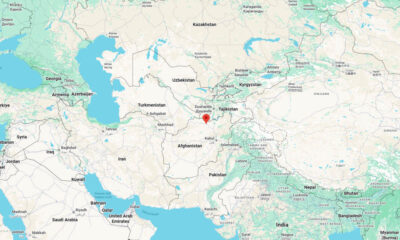World
WHO calls for surveillance to explain rise in human cases of H5N6 bird flu

The World Health Organization (WHO) says increased surveillance is urgently required to better understand what’s behind a recent spike in human cases of H5N6 bird flu in mainland China.
Only 48 people have been infected with H5N6 bird flu since the first confirmed case in 2014, but a third of those were reported in mainland China during the past 3 months alone. Half of all cases were reported during the past 12 months.
“Wider geographical surveillance in the China affected areas and nearby areas is urgently required to better understand the risk and the recent increase of spill over to humans,” a WHO spokesperson told BNO News.
H5N6 bird flu is known to cause severe illness in humans of all ages and has killed more than half of those infected. While there are no confirmed cases of human-to-human transmission, a 61-year-old woman who tested positive in July denied having contact with live poultry.
“Currently available epidemiologic and virologic evidence suggest that A(H5N6) influenza viruses have not acquired the ability of sustained transmission among humans, thus the likelihood of human-to-human spread is low,” WHO said.
The spokesperson added: “Due to the constantly evolving nature of influenza viruses, WHO continues to stress the importance of global surveillance to detect virological, epidemiological and clinical changes associated with circulating influenza viruses that may affect human (or animal) health and timely virus and information sharing for risk assessment.”
A study published by China’s Center for Disease Control in September reported several mutations in two cases of H5N6 and described the spread of the virus as a “serious threat” to the poultry industry and human health.
“The increasing trend of human infection with avian influenza virus has become an important public health issue that cannot be ignored,” the researchers said.
On Thursday, a report from the European CDC expressed concern about the detection of H5N6 viruses with markers for mammal adaptation. “The additional reports of transmission events to mammals, e.g. seals and a fox as well as seroepidemiological evidence of transmission to wild boar, could indicate evolutionary processes, including mammal adaptation with the possibility to acquire the ability to transmit to humans,” the report said.

-

 US News1 week ago
US News1 week agoJetBlue flight diverts to Tampa after altitude drop injures at least 15
-

 Breaking News4 days ago
Breaking News4 days agoAt least 3 dead, 11 injured after UPS cargo plane crashes near Louisville airport
-

 World6 days ago
World6 days agoStrong 6.3 earthquake strikes northern Afghanistan; felt across Pakistan
-

 World6 days ago
World6 days agoProtesters storm government building in Mexico after killing of local mayor
-

 World1 week ago
World1 week ago10 people stabbed on train in Huntingdon, England
-

 US News3 days ago
US News3 days ago5 firefighters injured in vehicle explosion in the Bronx, NYC
-

 US News1 week ago
US News1 week agoTrump says U.S. will resume nuclear weapons testing ‘on an equal basis’
-

 Business1 week ago
Business1 week agoYouTube TV drops Disney’s ABC and ESPN after companies fail to reach deal




